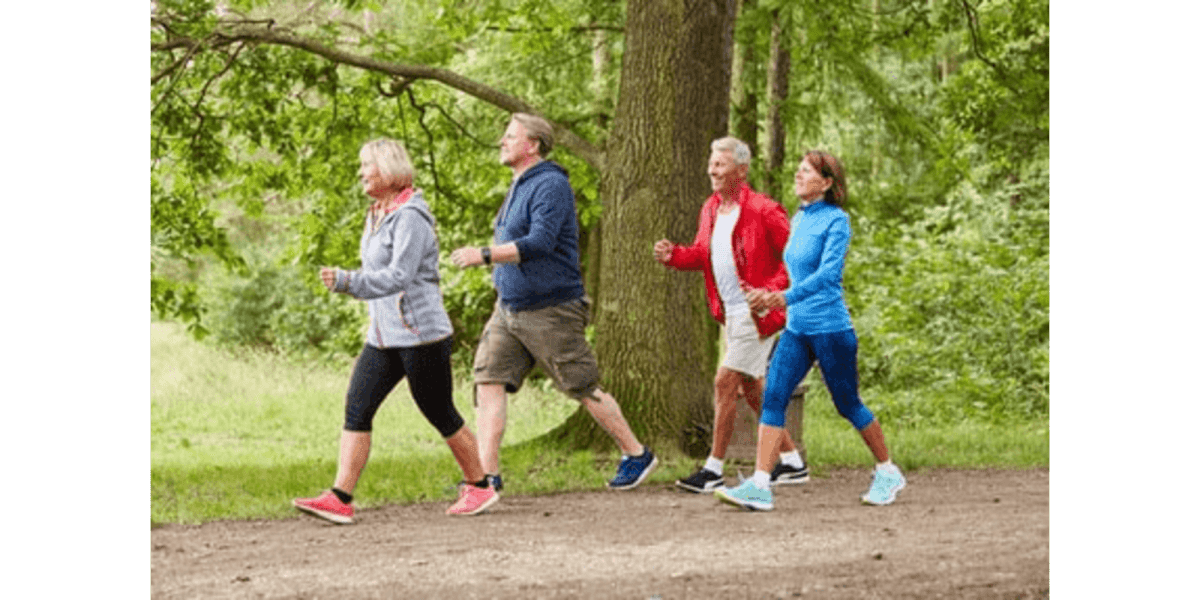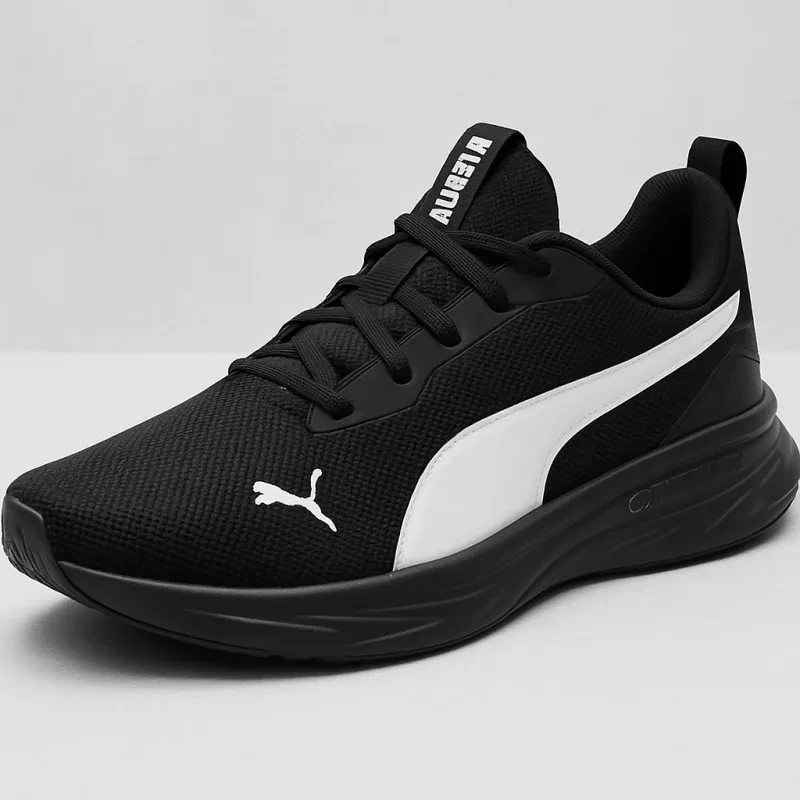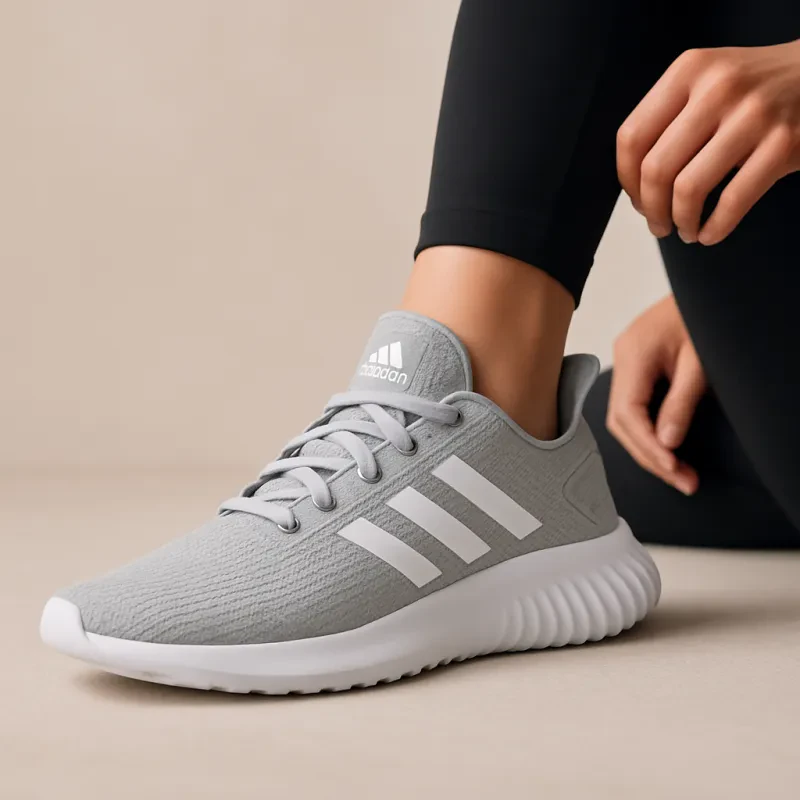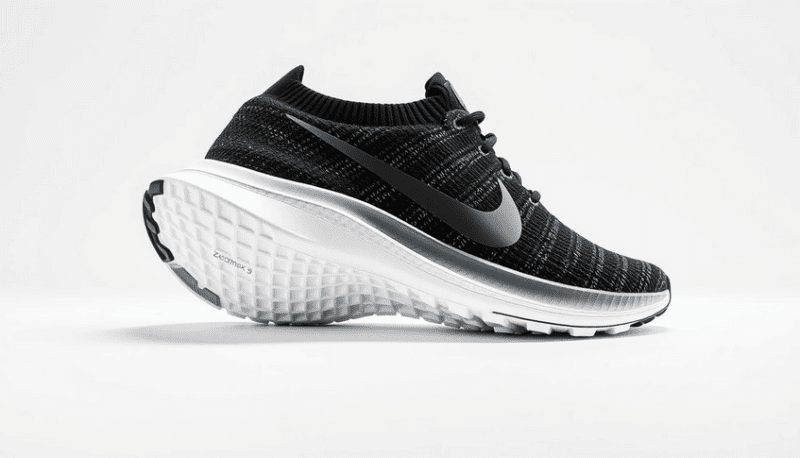Starting a walking program can be a great way to get active and improve my health. Walking is simple, accessible, and offers numerous benefits, like increased fitness and better mood.
Whether I’m aiming to lose weight, boost my energy, or just enjoy the outdoors, walking can be the perfect solution.

As I embark on this journey, I can take steps to set myself up for success.
It’s important to start slowly, set realistic goals, and track my progress to stay motivated.
With the right mindset and some essential gear, I’ll be ready to hit the ground running—or in this case, walking!
Key Takeaways
- Walking improves fitness and boosts my mood.
- Setting realistic goals helps me stay on track.
- Tracking my progress keeps me motivated on my journey.
Benefits of Walking

Walking offers many advantages that can enhance my health and well-being. It is accessible and can be easily added to my daily routine. Here are some key benefits I’ve discovered that highlight its importance.
Cardiovascular Health
Walking is a great way to improve my heart health. Regular walking can lower blood pressure and improve circulation, helping my heart work more efficiently.
Studies show that walking for at least 30 minutes a day can reduce the risk of heart disease. When I walk, my heart rate increases, which strengthens the heart muscle. This activity also raises my good cholesterol (HDL) and lowers bad cholesterol (LDL).
To get the most out of my walking routine, I aim for brisk walks. This means a pace where I can talk but not sing. Walking helps me maintain a healthy cardiovascular system.
Weight Management
I’ve found that walking can be a simple way to manage my weight. Even small changes, like a daily walk, can burn extra calories.
For example, a 155-pound person can burn about 140 calories in 30 minutes of brisk walking.
As I increase my walking duration and intensity, I boost my calorie burn. This can help create a calorie deficit, which is key for losing weight.
To stay on track, I set realistic goals for my walking routine. I start with shorter walks and gradually increase my time and distance.
Mental Clarity and Emotional Well-Being
Walking has positive effects on my mental health, too. It can reduce stress and anxiety while boosting my mood.
When I walk, my body releases endorphins, which are known as the “feel-good” hormones. This helps me feel more relaxed and happy.
I notice that my focus and mental clarity improve after a walk. A simple stroll can clear my mind and help me think better. I often use walking as time to sort out my thoughts or enjoy nature.
Incorporating walking into my routine keeps me balanced and feeling vibrant.
Setting Up Your Walking Program

When starting a walking program, it helps to know where I stand in terms of fitness. I also need to create a structured routine that I can stick to while making it enjoyable. Adding some variety will keep me motivated and engaged with my walking journey.
Determining Your Fitness Level
To kick things off, I need to assess my fitness level. This helps me set realistic goals and prevent injury.
I can start by tracking my current walking habits.
- Beginner: If I rarely walk, starting with just 10-15 minutes a day is a great choice.
- Intermediate: If I walk occasionally, I may want to aim for 20-30 minutes.
- Advanced: If I walk regularly, I can aim for 30-60 minutes of brisk walking.
Once I know my fitness level, I can adjust my plan to fit my needs.
Creating a Routine
Next, I’ll build a routine that works for me. Consistency is vital, so I’ll choose specific days to walk.
I can start with a simple plan like this:
- Week 1: Walk for 15 minutes, five days a week.
- Week 2: Increase my walk to 20 minutes, maintaining five days.
- Week 3: Add a rest day during the week. This helps my body recover.
I will also remember to warm up for at least five minutes before walking and cool down afterward. This way, I prepare my muscles and heart.
Incorporating Variety and Challenges
Adding variety keeps walking fun and interesting. I can mix up my walking locations, such as parks, neighborhoods, or trails.
I might also consider:
- Increasing Pace: Gradually walking faster to build stamina.
- Adding Intervals: Alternating between fast and slow walking.
- Using Walking Apps: These can track my progress and help set new goals.
Not only will this challenge me, but it will also help me stay engaged in my walking program. Remember, I can always listen to music or podcasts during my walks to make them more enjoyable!
Essential Gear and Safety

When starting a walking program, having the right gear and prioritizing safety are important. I want to make sure you are comfortable and protected while you enjoy your walks.
Choosing the Right Footwear
Finding the right shoes is key to a good walking experience. I look for shoes that offer good support, cushioning, and a snug fit.
- Arch Support: Choose shoes that support your arch to prevent pain.
- Cushioning: Look for padded soles to absorb shock with each step.
- Breathability: A breathable material will keep your feet cool.
I recommend trying walking shoes at the end of the day when your feet are slightly swollen. This way, they will fit better during your walks.
Always replace worn-out shoes to avoid injuries and keep your feet happy.
Appropriate Clothing for Different Weathers
Choosing the right clothing helps keep me comfortable no matter the weather. I layer my outfits to adapt to changing temperatures.
- Cold Weather: I wear thermal layers and windproof jackets. Gloves and hats are also great for keeping warm.
- Hot Weather: Lightweight, moisture-wicking fabrics help me stay cool. A wide-brimmed hat protects from the sun.
- Rainy Days: Waterproof jackets and quick-dry pants are essential. I also carry an umbrella or wear a rain hat.
Wearing bright colors can boost visibility during low-light conditions. Comfort should be my priority, so I choose clothes that allow for movement.
Safety Considerations for Urban and Rural Walks
Being aware of my surroundings keeps me safe while walking. I take a few precautions depending on where I am.
- Urban Areas: I stay on sidewalks and look out for traffic. Avoiding distractions, like my phone, helps me stay alert.
- Rural Areas: I walk facing oncoming traffic when there’s no sidewalk. Wearing reflective gear makes me more visible to drivers.
I always let someone know my walking route and expected return time. It’s also wise to carry identification and a phone. This way, I can enjoy my walks while staying safe.
Tracking Progress and Staying Motivated

Tracking my progress and finding ways to stay motivated are key parts of my walking journey. By using technology and setting specific goals, I can keep my motivation high. Connecting with others in walking groups can also make the experience enjoyable and engaging.
Using Apps and Wearables
I love using apps and wearables to monitor my walking. Many apps let me track my distance, duration, and even calories burned.
I can set daily step goals and see how I’m doing in real time.
Popular Apps:
- Strava: Great for tracking fitness activities.
- MyFitnessPal: Helps with calorie counting.
Wearable devices, like smartwatches, provide reminders to walk. They also track my heart rate and improve my overall awareness of my fitness levels. This data helps me understand my progress better.
Setting Achievable Goals
Setting realistic and specific goals is another way I stay motivated.
I start by deciding how often I want to walk each week. For instance, I might aim for walking three times weekly for 20 minutes.
I find it helpful to set SMART goals:
- Specific: Define what I want to accomplish.
- Measurable: Track my walking time or distance.
- Achievable: Make sure my goal is realistic.
- Relevant: Ensure the goal aligns with my health needs.
- Time-based: Set a timeline for reaching my goal.
Writing down these goals keeps me focused. Celebrating small milestones, like walking an extra five minutes, also boosts my motivation.
Finding Walking Groups and Partners
Walking alone can get dull. So, I often look for walking groups or partners. Having someone to walk with makes the experience more social and fun.
I can chat, share tips, and hold each other accountable.
I check local community centers or social media for walking groups. I also invite friends or family to join me.
Setting a regular walking schedule with them keeps us both engaged.
Walking together can help me stay motivated because I know I’m not in it alone. Plus, I enjoy exploring new routes and parks with others, making each walk a new adventure.
DISCLAIMER
This document is provided for general information purposes only and should not be relied upon as providing legal advice, technical, or specific operational guidance to the reader, whether as to the practices described in the document or the applicable legal requirements and regulations. SAVE ON SNEAKS expressly disclaims any responsibility for liability arising from or related to the use or misuse of any information in this document.



